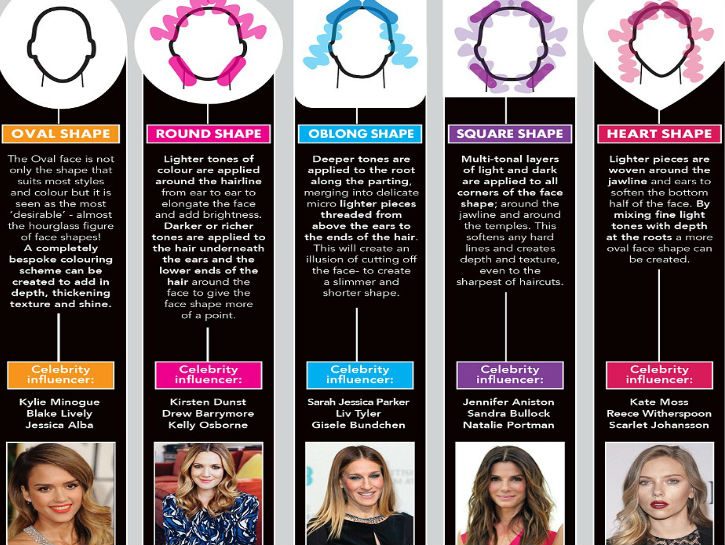Different Types Of Extensions For Thin Hair
By Alfred Ardis
Although more common in men, hair loss also affects women. According to the American Academy of Dermatology (AAD), about forty percent of women have visible hair loss by age 40. On the bright side, only a small portion of them will lose all of their locks. The same cannot be said for their male counterparts. Women also tend to have longer tresses than men, which gives them an advantage when it comes to adding volume.
Simple Solutions
Instead of spending big bucks in a transplant, girls with lanky locks can thicken them up with extensions for thin hair. Here are several different extension methods and types stylists use to add volume to shrunken strands.
Clip-Ins
Inexpensive and easy to use, clip-ins can conceal thinning on a temporary basis. Women with more advanced cases should steer clear of them because they may damage their remaining locks. According to stylists, continually putting them in and taking them out can put too much strain on thin stands.
Fusion Extensions
With the help of keratin bonding and ultrasonic waves, the fusion method adds artificial tresses that last. But because the application process takes time, it is far more expensive than economical clip-in. We should also note that removing these added strands can be difficult and may pull out real hair in the process. With that said, it is a popular option with customers who want to deal with the issue once and for all.
Micro Link Extensions
A highly effective way add thickness, micro link extensions for thin hair are applied to each natural strand with a special tool. The artificial and natural tresses are essentially clamped together, which adds a tremendous amount of volume to the average hairdo. The downside is that the added weight may cause real locks to fray, snap, even pull out by the roots. Depending on the number of locks that are added and the time it takes, the procedure can also be quite pricey.
Braided Weft Extensions
An extremely effective option that does not imperil your remaining strands, a braided weft is sewn directly into your real hair, which is also braided to conceal the artificial addition. For this reason, the weft can only be added if you have enough on top to make a small braid to hold the attachment. Because most women with mild cases of alopecia can make a braid, wefts have gained a loyal following of late.
Tape-Ins
A relatively recent addition, tape-in extensions for thin hair are slender braided wefts that are bonded to natural strands with tape. Lightweight and strong, these attachments do not damage remaining locks. Another obvious benefit is that it is permanent solution that can be completed in a single trip to your stylist. They also require no chemicals or expensive tools that add to the total cost. And unlike most of the methods we have discussed today, it appears that tape-in attachments work for women with varying degrees of hair loss.
Talk to your stylist if you have any questions about the methods and products we discussed today.
When looking for professional hair extensions for thin hair, Bloomington, MN residents visit http://dkhairsolutions.com/.
Article Source: http://EzineArticles.com/?expert=Alfred_Ardis
http://EzineArticles.com/?Different-Types-Of-Extensions-For-Thin-Hair&id=9261316













